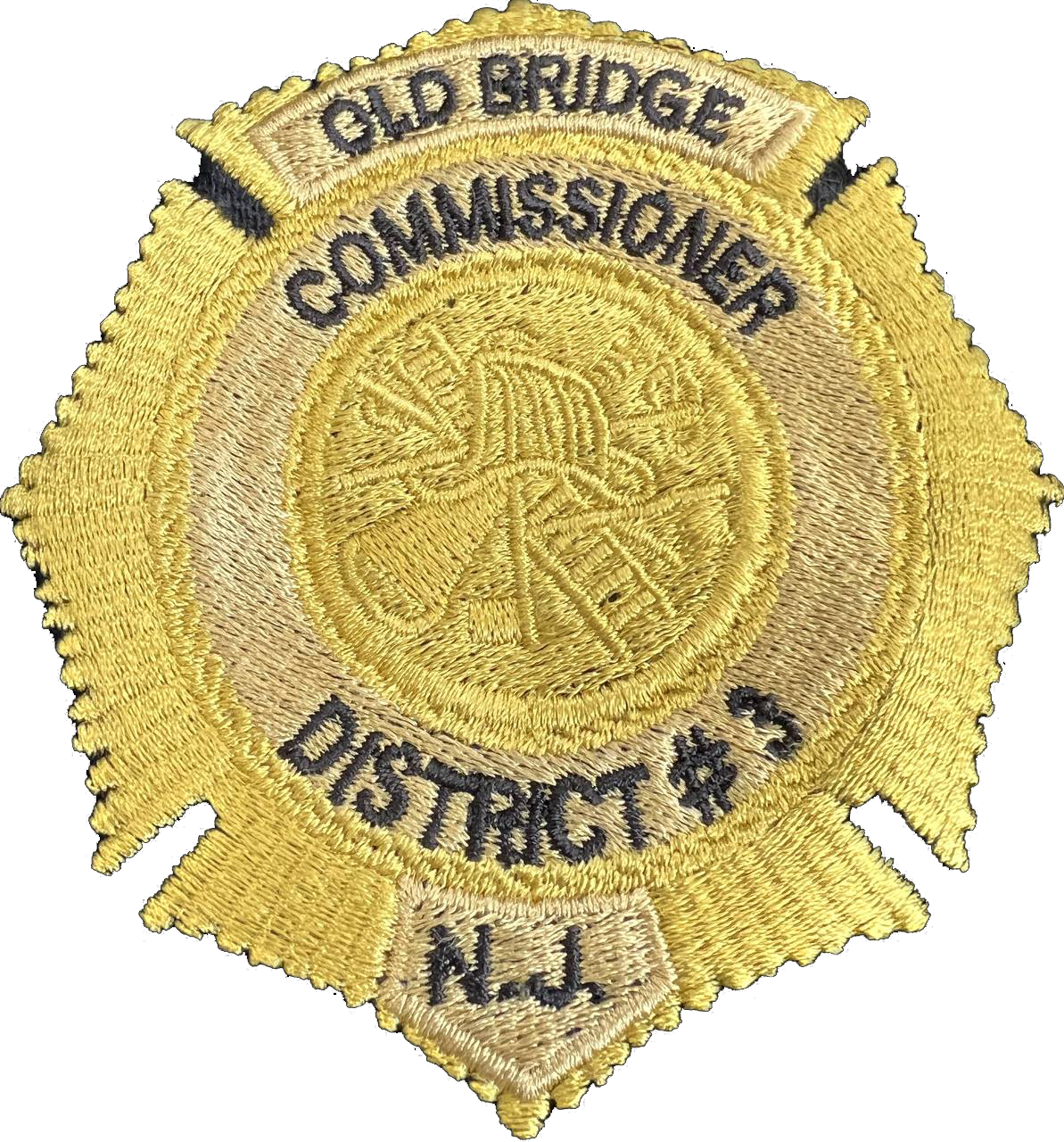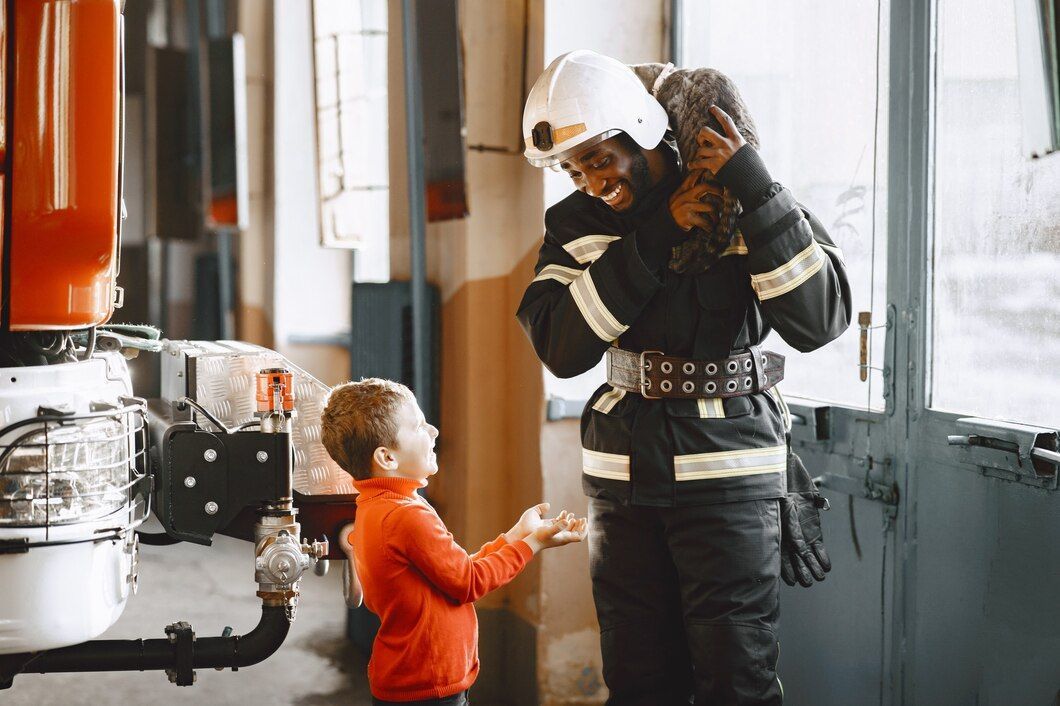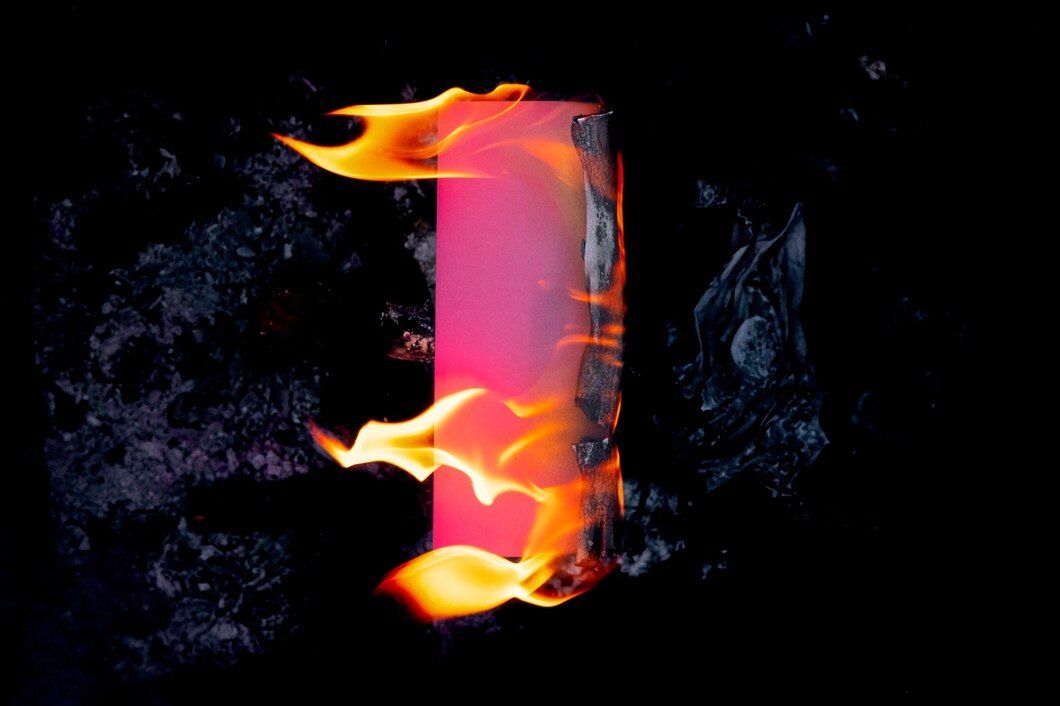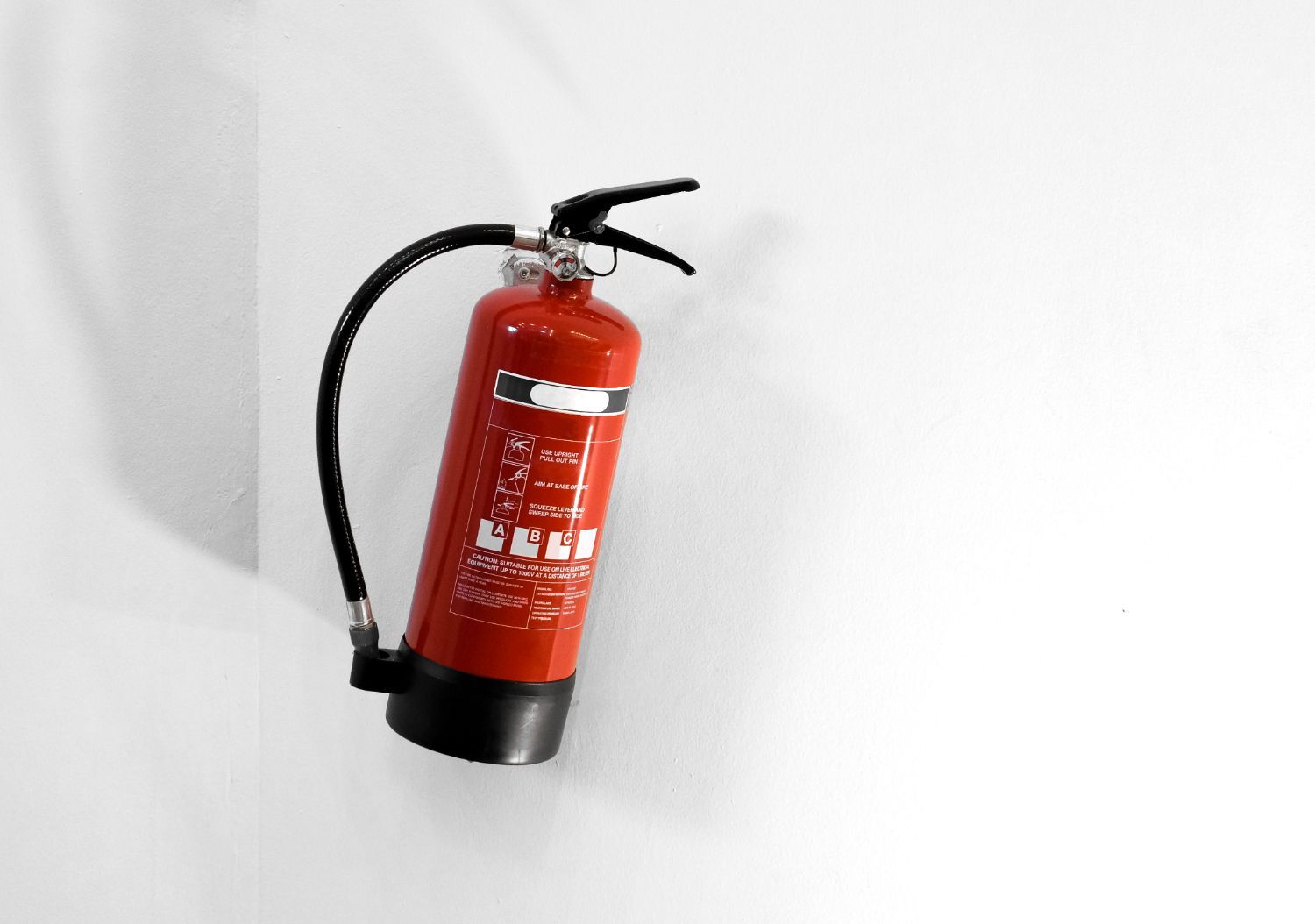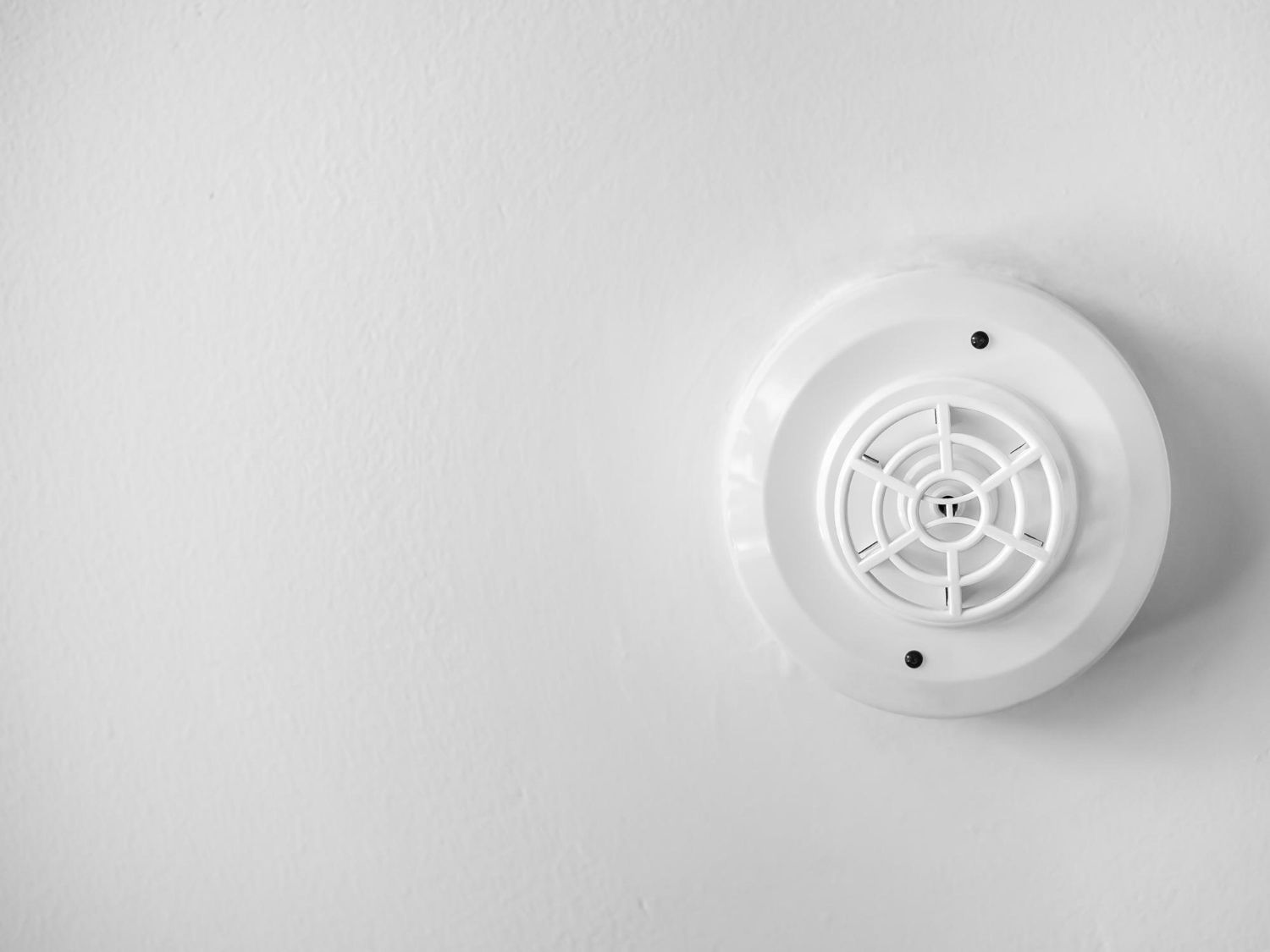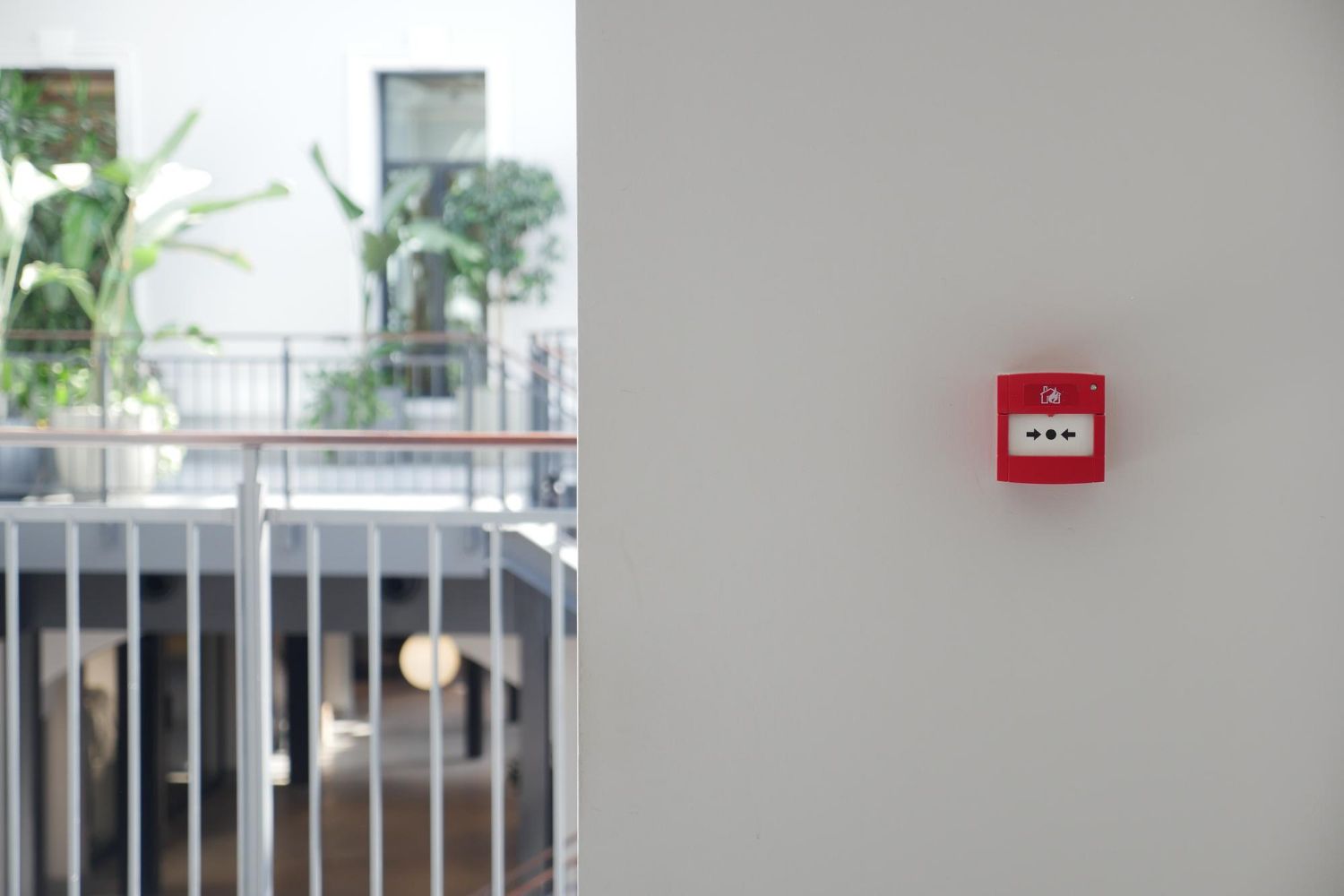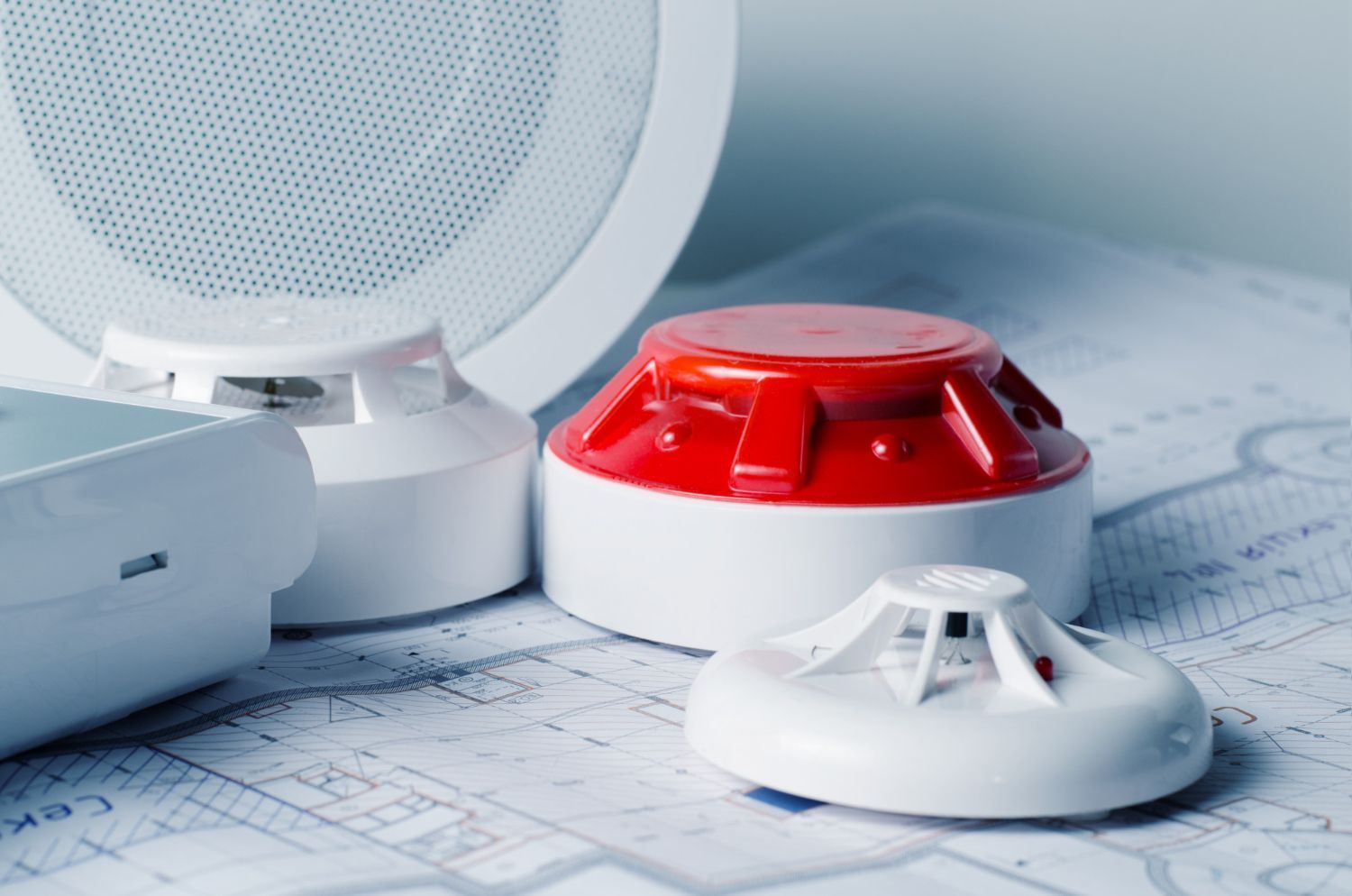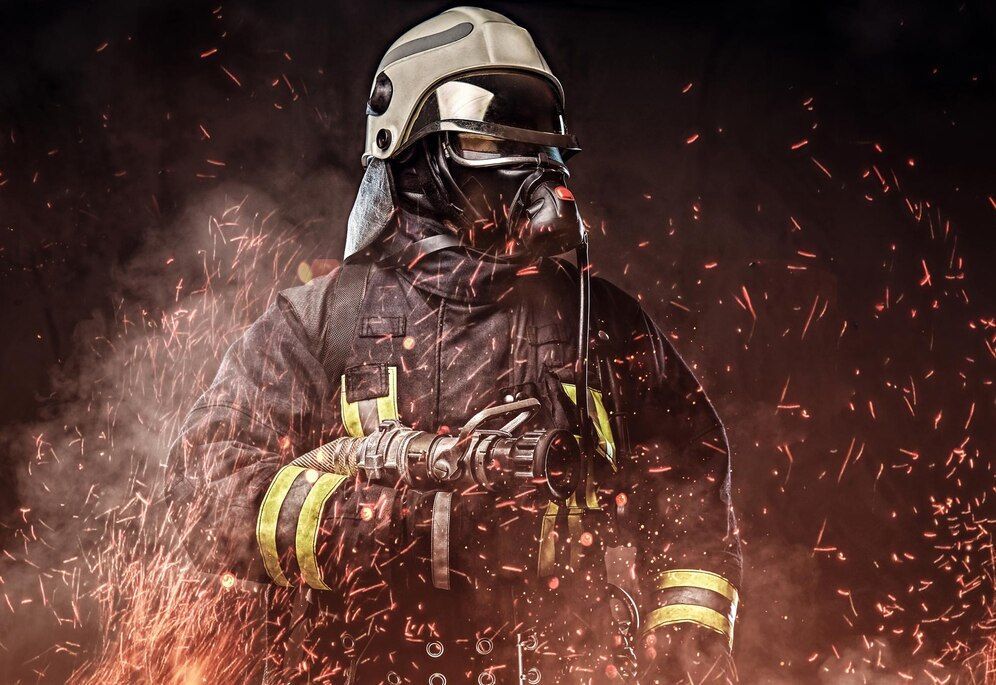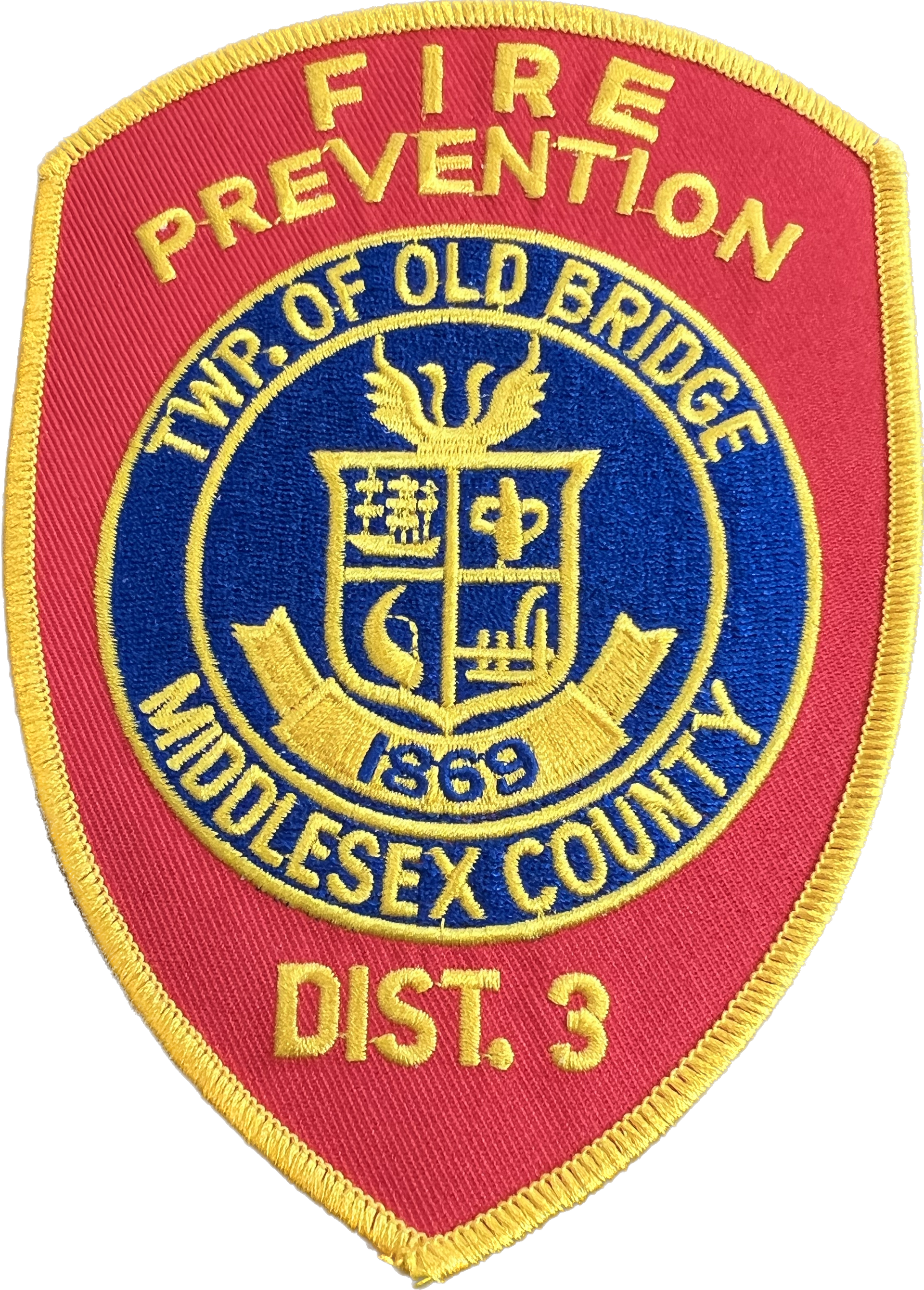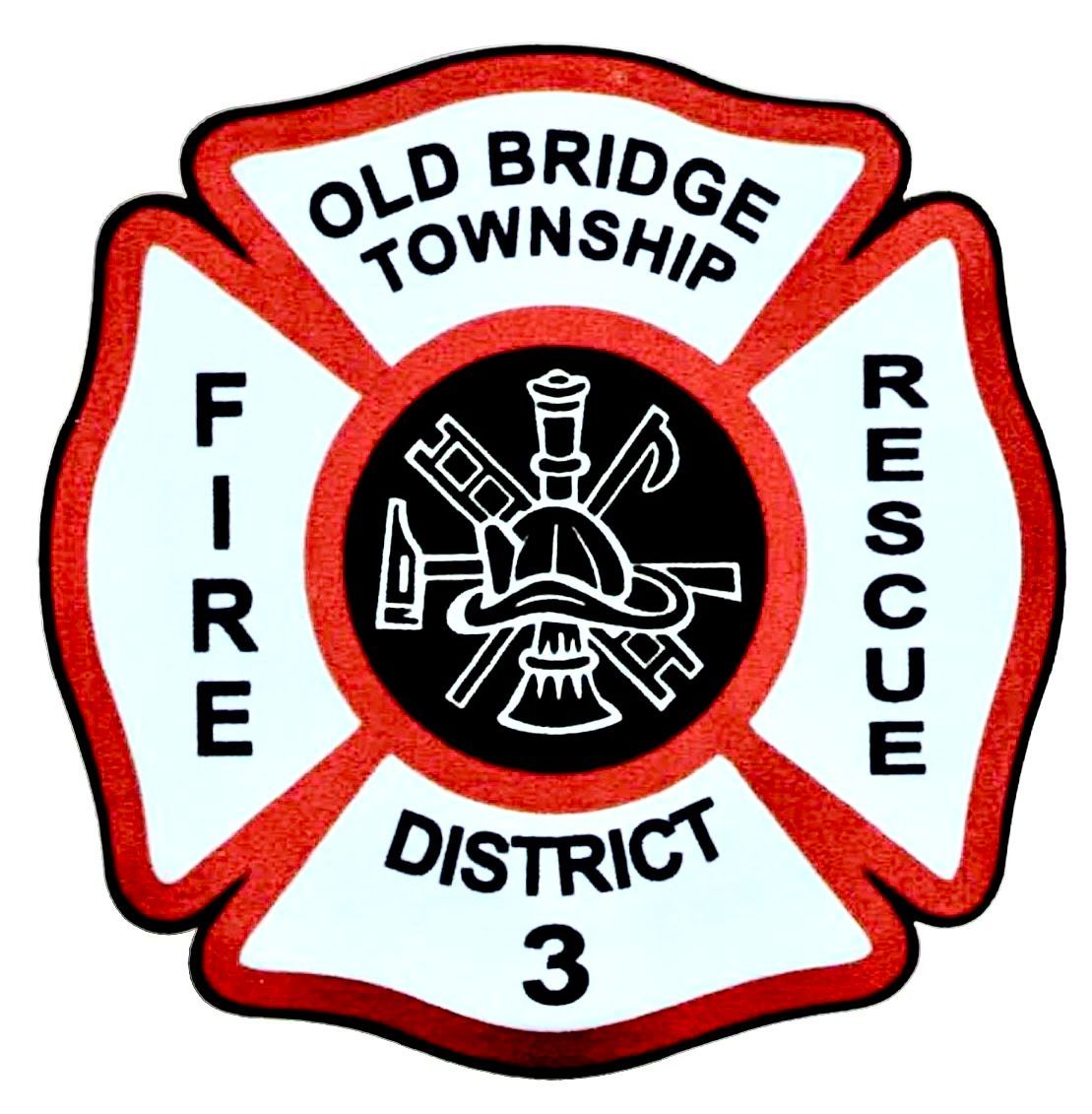Carbon Monoxide Safety in Fire District 3: Protecting Our Community
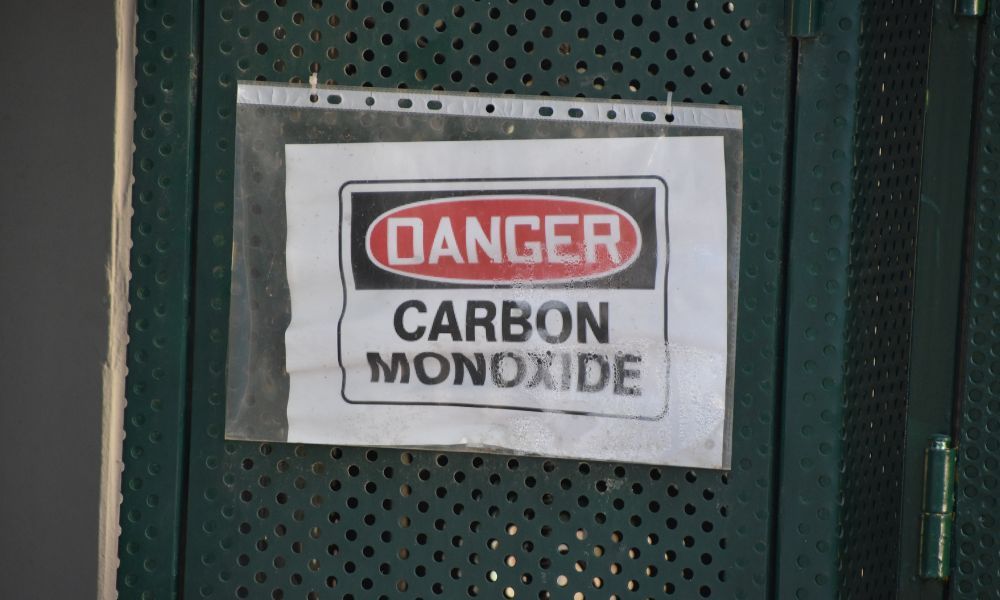
In Fire District 3, our top priority is the protection of all citizens and property under our care. Through incident response, public education, and fire code enforcement, we strive to provide the highest quality of service with respect, integrity, leadership, and accountability. Equipping Per Diem and volunteer firefighters with the proper training and equipment is our commitment, but understanding and preventing potential hazards such as carbon monoxide (CO) poisoning is a responsibility we must all share.
In this blog post, we aim to provide our community with valuable insights into the dangers of carbon monoxide and the vital role of carbon monoxide detectors in preventing tragedies. Equipped with the knowledge of how to properly install and maintain these crucial devices, you can protect your family and contribute to the safety of our entire community.
As we delve into the essential aspects of carbon monoxide safety in Fire District 3, we invite you to join us in learning how to recognize and mitigate the risks of CO poisoning. Through collective understanding and action, by taking preventive measures, and following best practices, we can foster a safer and more resilient Fire District 3 for everyone who calls it home.
Understanding Carbon Monoxide: The Silent Killer
Carbon monoxide is a colorless, odorless, tasteless, and highly toxic gas produced from the incomplete burning of fuels containing carbon. When inhaled, it can lead to CO poisoning, which can cause severe health issues and even be fatal. Common sources of CO in homes include:
- Faulty Gas Appliances: Poorly maintained or malfunctioning gas furnaces, boilers, water heaters, and stoves can leak carbon monoxide into your living space.
- Blocked Chimneys and Vents: Blocked chimneys or vents can cause CO to accumulate within your home rather than being safely vented outside.
- Running vehicles in enclosed spaces: Idling cars or running generators in garages or other enclosed spaces can result in dangerously high levels of carbon monoxide.
Understanding the potential sources of carbon monoxide is essential to preventing CO exposure and taking necessary precautions.
Carbon Monoxide Detectors: Your Essential Home Safety Tool
Carbon monoxide detectors are critical in detecting hazardous CO levels in your home and alerting you to take action. Follow these recommendations for proper CO detector use:
- Choose the Right Detector: Purchase carbon monoxide detectors that meet the UL 2034 safety standard. These detectors have been tested and are certified to provide reliable protection.
- Proper Placement: Install CO detectors on every level of your home, including the basement. Place detectors near each sleeping area and at least 15 feet away from fuel-burning appliances to reduce the likelihood of false alarms.
- Maintain and Replace: Test your CO detectors monthly and replace the batteries as needed. CO detectors typically have a lifespan of 5-7 years, so plan to replace the entire unit according to the manufacturer's recommendations.
Recognizing and Responding to CO Poisoning Symptoms
Being able to recognize the signs of carbon monoxide poisoning is vital for prompt action and prevention of severe health issues or fatalities. Common symptoms of CO poisoning include:
- Mild Exposure: Headache, dizziness, nausea, and shortness of breath.
- Moderate Exposure: Severe headache, confusion, vomiting, and increased heart rate.
- Extreme Exposure: Unconsciousness, convulsions, and ultimately, death.
If you suspect CO poisoning, take the following actions:
- Evacuate: Immediately move all occupants and pets outside to fresh air.
- Call 911: Report the situation to emergency services and seek medical assistance.
- Ventilate your home: Open windows, doors, and vents to help disperse the carbon monoxide.
- Investigate the Source: Have a qualified technician inspect your home and appliances to identify the cause of the CO leak and make necessary repairs.
Preventing Carbon Monoxide Exposure: Tips for a Safer Home
Implement these tips to minimize the risk of carbon monoxide exposure in your household:
- Schedule Regular Inspections: Have your fuel-burning appliances and chimneys professionally inspected and serviced annually.
- Never Use Outdoor Appliances Indoors: Avoid using grills, portable generators, or other outdoor appliances inside your home, garage, or any enclosed space.
- Avoid Idling Vehicles in the Garage: Be cautious when warming up your vehicle or using the remote start feature; never allow your car to idle in an attached garage, even with the garage door open.
- Install Proper Ventilation: Ensure fuel-burning appliances have proper ventilation and venting systems to safely funnel CO emissions outdoors.
Building a Carbon Monoxide-Safe Fire District 3 Community
Taking measures to safeguard your home against carbon monoxide is essential in creating a safer and healthier Fire District 3 community. By understanding the dangers of carbon monoxide, proper use of CO detectors, recognizing CO poisoning symptoms, and practicing preventive measures, we can protect our families and contribute to the wellbeing of our entire community.
Don't wait until it's too late. Join us today in creating a fire-safe community in Fire District 3. Our fire department services are designed to help you stay prepared and informed about fire safety standards, including the appropriate use of smoke alarms. Let's work together to cultivate a resilient and thriving community that we can all be proud of. Contact Board of Fire Commissioners, Fire District 3, Township of Old Bridge now to learn more about how you can get involved.
